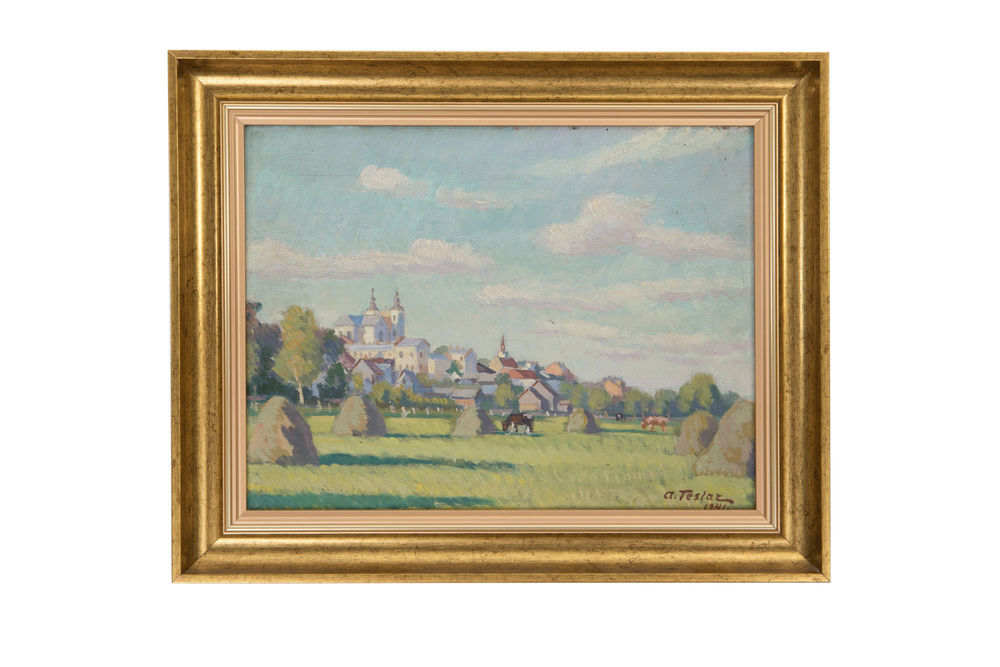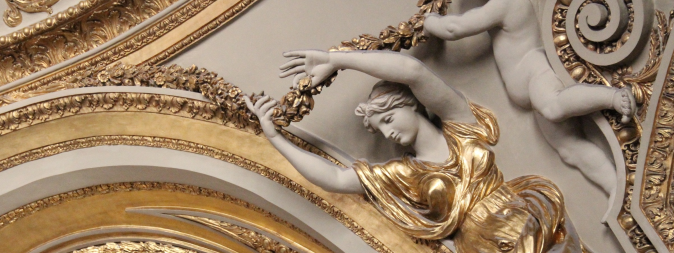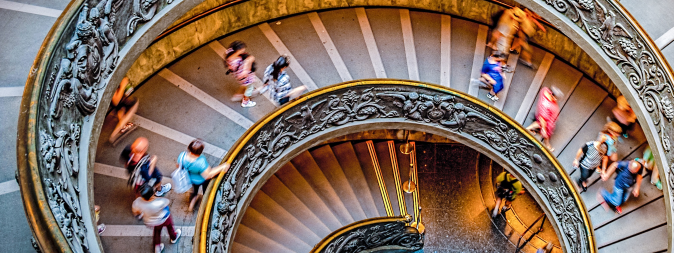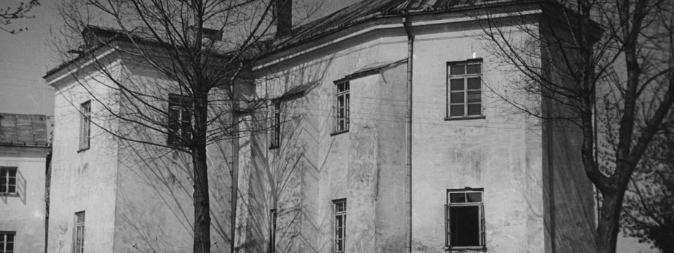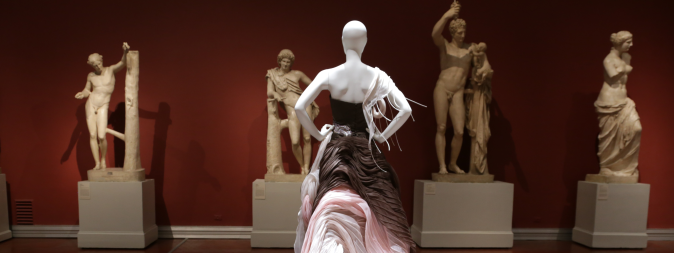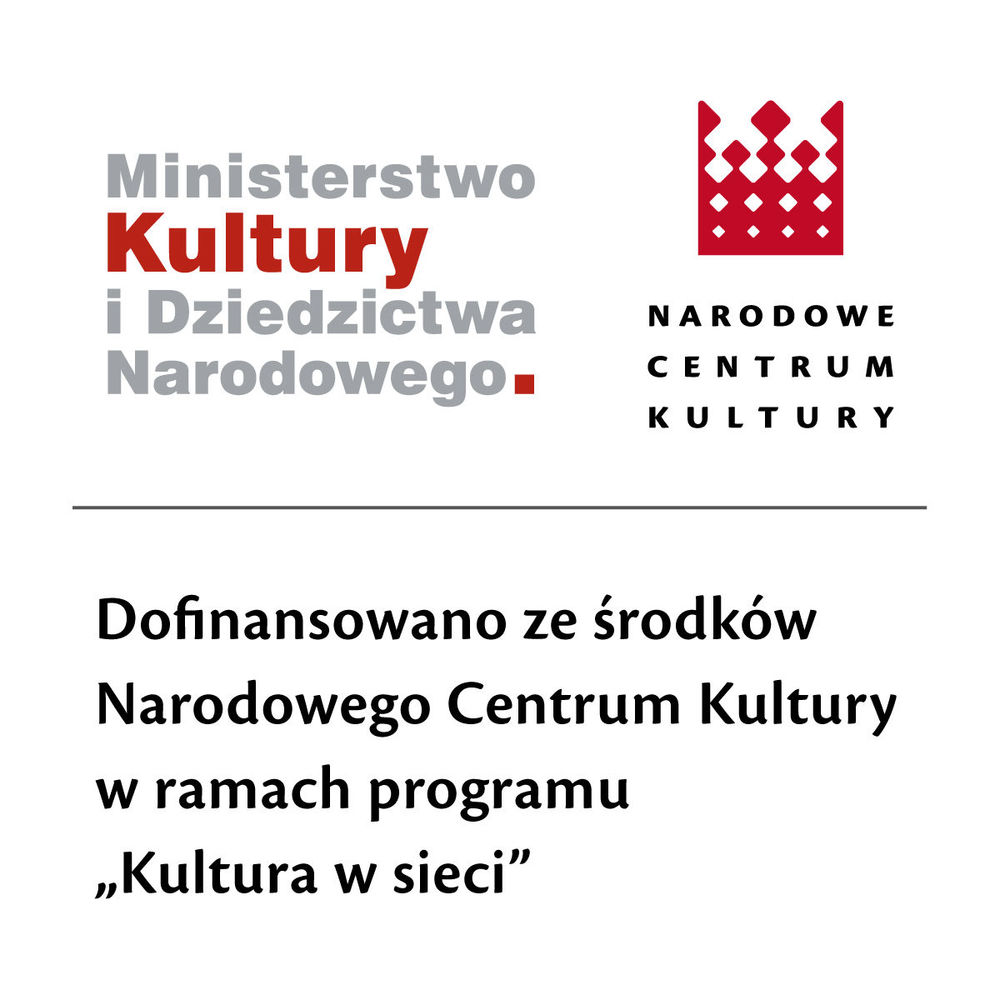Ancient and sacred art
Panoramic view of Krasnystaw as seen from the meadows
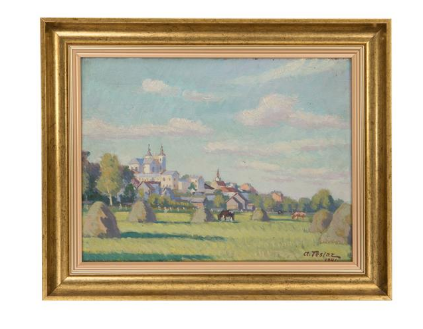
Painting on plywood by Antoni Teslar, Krasnystaw, 1941
Pełen światła pejzaż utrzymany w jasnych barwach jest dziełem Antoniego Teslara – artysty malarza związanego z krakowską ASP, wykształconego pod kierownictwem ekspresjonisty Wojciecha Weissa i pejzażysty Stanisława Kamockiego.
Teslar na niewielkim oleju przedstawił panoramę Krasnegostawu. Widoczny jest górujący nad miastem kościół p.w. Św. Franciszka Ksawerego od strony apsydy wraz z przyległym do niego dawnym kolegium jezuickim, dalej w prawo dostrzec można wieżę magistratu. Ku błoniom – na których artysta pracował nad obrazem – opada zbocze zagospodarowane niską zabudową. Na łące, pośród stogów skoszonej trawy, pasą się krowy. Obserwujemy spokojne popołudnie późnego lata w niewielkim miasteczku.
Ten sielankowy pejzaż powstał w 1941 roku - w drugim roku II Wojny Światowej przed którą Antoni Teslar uciekł z Warszawy do Krasnegostawu. Nie jest powszechnie znanym fakt, iż właśnie tu – goszcząc najpewniej w XIX wiecznym dworku rodziny Radomyskich, dawnej siedzibie starostwa – przeczekał część zawieruchy wojennej. Siedem stworzonych w tym czasie obrazów przedstawiających Krasnystaw i jego okolice prezentowanych jest w Muzeum Regionalnym w Krasnymstawie.
